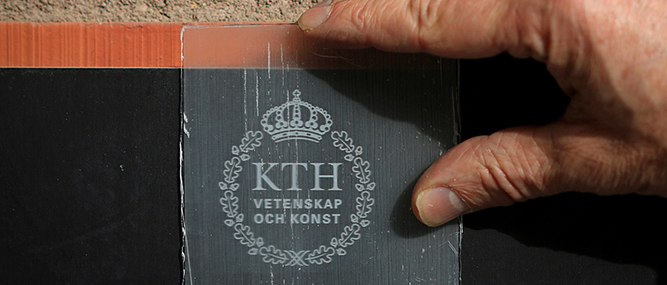Not only is it possible to make wood transparent, but researchers at KTH Royal Institute of Technology in Stockholm, Sweden, are readying it for mass production for large-scale use in building construction. So just how is transparent wood made and how can we expect to see it used in buildings?
Transparent wood—wood that is optically transparent or transparent to the eye—is a type of wood veneer in which the lignin, a component of the cell walls, is removed chemically.
“When the lignin is removed, the wood becomes beautifully white. But because wood isn’t naturally transparent, we achieve that effect with some nanoscale tailoring,” explained Lars Berglund, a professor at Wallenberg Wood Science Center at KTH.
The white porous veneer substrate is impregnated with a transparent polymer, and the optical properties of the two are then matched.
“This opens up new ideas for how to utilize wood not only as a structural material but also as a functional material,” said Berglund. “By using this modification approach we can preserve the attractive features of wood, like low density and high strength, and make wood a much more advanced building material.”
Transparent wood is actually not totally clear, but a little hazy which, according to researchers, means it traps some light. This is important because it suggests transparent wood could be used to create highly efficient solar cell “windows” that not only could reduce a building’s net energy consumption, but generate electricity while letting in sunlight.
“Transparent wood is a good material for solar cells, since it’s a low-cost, readily available and renewable resource,” Berglund said. “This becomes particularly important in covering large surfaces with solar cells.”
Transparent wood panels can also be used for windows and semitransparent facades, when the idea is to let light in but maintain privacy, he said.
“No one has previously considered the possibility of creating larger transparent structures for use as solar cells and in buildings,” he added. Among the work to be done next is enhancing the transparency of the material, scaling up the manufacturing process, and working with different types of wood.
“Wood is by far the most used bio-based material in buildings. It’s attractive that the material comes from renewable sources. It also offers excellent mechanical properties, including strength, toughness, low density and low thermal conductivity,” said Berglund.




